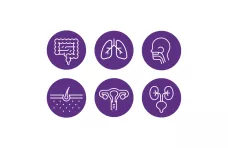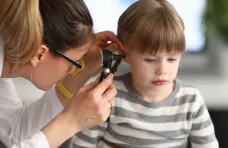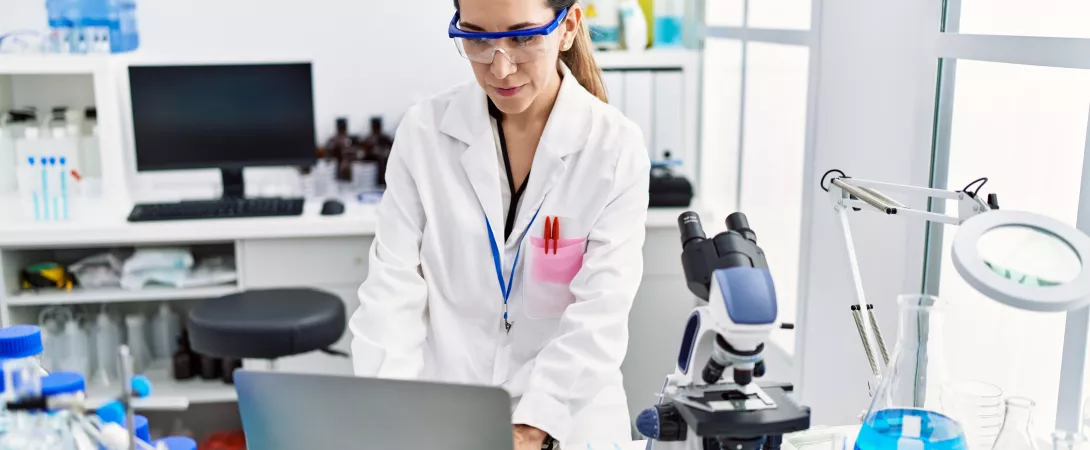Portugal 2025: knowledge and behaviors about microbiota
The survey was conducted by Ipsos among 7,500 people in 11 countries (France, Portugal, Poland, Finland, Italy, Germany, United States, Mexico, Brazil China, and Vietnam).
The Portuguese and microbiota: microbiota knowledge and "good" behavior adoption are still low due to limited information shared by healthcare professionals.
Summarizing Portugal's results in the survey
In Portugal, awareness and knowledge about the microbiota and behaviors adopted to preserve it are still low, resulting from limited information transmission by healthcare professionals.
1. Portugal presents lower-than-average knowledge of the term "microbiota"
Portugal's microbiota awareness continues to be among the lowest observed, with little improvement noted over time.

Only 17% of Portuguese claim to know exactly what the "microbiota" is (+2 points vs. 2024, 23% overall); and only 21% know exactly what the intestinal microbiota is (+1 point vs. 2024, 26% overall).
Awareness of all microbiota locations is equally limited with no improvement in one year:
of Portuguese have heard of vaginal microbiota.
(vs 49% overall)
of Portuguese have heard of skin microbiota.
(vs 46% overall)
of Portuguese have heard of oral microbiota.
(vs 48% overall)

Learn all about microbiota
Learn more
2. Behaviors adopted among Portuguese people show slight improvements compared to last year, but remain very limited
49% of Portuguese have modified their behaviors to preserve the balance of their microbiota, a lower proportion than average (+2 points vs 2024, 56% overall), and only 9% do so a lot (+3 points vs 2024, 16% overall).
Only 27% of Portuguese regularly engage in physical activity, a 5-point increase from 2024, yet still below the overall average of 32%.

Similarly, just 26% consistently maintain a varied and balanced diet, up 2 points from 2024, but lagging behind the 31% overall average. In terms of actively limiting processed food consumption, 22% of Portuguese do so, a 2-point improvement from 2024 (23% globally).

Microbiota & sport: competitive micro-organisms
Find out more...This pattern is also illustrated by their lower consumption of probiotics (40%, vs. 49% overall) and de prebiotics (26%, vs. 41% overall).

3. Healthcare professionals have a key role to play in microbiota education
Healthcare professionals are considered by 9 out of 10 Portuguese as the primary reliable source of information on the microbiota (89%, +1 point vs 2024, 78% globally).

The Portuguese have received less information than in the rest of the world from their healthcare professionals, but it is increasing: 34% have been informed by their healthcare professional about what the microbiota is and what it does, an 8-point increase from 2023 (42% globally).
Nevertheless, the level of information remains low and isn’t improving over time when antibiotics are prescribed: only 30% of Portuguese have received advice from healthcare professionals on limiting the negative consequences of taking antibiotics on their microbiota (unchanged from 2023, 38% globally).

Antibiotics: what impact on the microbiota and on our health?
Learn moreReceiving professional guidance has been shown to positively influence microbiota awareness and the adoption of good habits
People who have received multiple information on microbiota from healthcare professionals have a better understanding of the term microbiota (31% know exactly what it is, vs 17% among the Portuguese population). They are also more likely to have changed their behaviors to maintain a balanced microbiota (82%, vs 49% among all Portuguese population).

4. Despite lower awareness of microbiota, the Portuguese declared being interested in taking a microbiota test
62% of Portuguese said they would be interested in taking a microbiota test (vs 61% globally). They mention several reasons why they would consider such test useful:
believe this test would be useful to conduct a health check-up
(vs 60% overall)
view it as a way to prevent and/or slow down the onset of pathologies
(vs 51% overall)
see it as a tool to help rebalance their microbiota
(vs 53% overall)
Finally, 62% would be willing to donate their stool if it could contribute to advancing scientific knowledge in the fields of microbiota, nutrition and health (vs 59% overall).
What is microbiota testing and mapping?
There are different types of microbiota testing, not only for the gut. Overall, they seek to identify microorganisms, such as bacteria and fungi, living in a specific part of the body to help inform health decisions and/or outcomes.
Intestinal microbiota testing, which seems to be the most common type of analysis, generally tests a person’s stool sample. For example, they could look for illness markers or extract DNA.
Both collective and individual gut microbiota analyses start with a stool sample. Microbiota mapping aggregates results from multiple microbiota tests to advance research and fight chronic diseases. Individual tests provide personal data on gut flora, with no definition of a clinically validated “healthy” or “pathological” microbiota. Thus, mapping fuels population-level knowledge, while testing gives a snapshot of one’s own microbiota.

Gut microbiota: still many things to be discovered
Find out more...
Methodology
This third edition of the International Microbiota Observatory was conducted by Ipsos on 7,500 individuals across 11 countries (France, Portugal, Poland, Finland, Italy, Germany, the USA, Brazil, Mexico, China, and Vietnam). Two new countries were included in this edition: Italy and Germany.
The survey was conducted over the Internet between January 21 and February 28, 2025. For each country, the sample is representative of the population aged 18 and over in terms of :
- gender
- age
- profession
- region
Representativeness was ensured via quota sampling, the most commonly used sampling method for obtaining a representative sample of the population studied. The quota variables for each country were gender, age, region, and socio-professional category. The data were adjusted:
- within each country, again to ensure that each population is representative
- globally, so that each country has the same weight. Statistical analyses were carried out using Cosi software (M.L.I., France, 1994), with a significance level of 95%
The survey population was 48% male and 52% female. The average age was 47.3 years. The sample of 7,500 individuals made it possible to carry out a detailed analysis by age group:
- 18-24
- 25-34
- 35-44
- 45-59
- 60 and over
Changes from one year to the next have been measured on a like-for-like basis, i.e. calculated taking into account only those countries present in both the first and second editions of the survey. While we do have results for the new countries included in this third edition (Germany and Italy), they have not been taken into account when calculating trends, since they were not included in the first two editions of the survey.
The questionnaire includes 16 questions on:
- socio-demographic data
- the level of knowledge about microbiomes
- the level of and desire for information from healthcare professionals
- the identification and adoption of behaviors designed to combat microbiome imbalances
- the level of knowledge, information, and behaviors of women about the vulvo-vaginal microbiome
- health data
The questionnaire lasted ten minutes and the 7,500 individuals had to complete the entire questionnaire in order to be included in the survey. The terms used in the questionnaire to talk about the microbiome have been translated and adapted to the terms used in each country.


